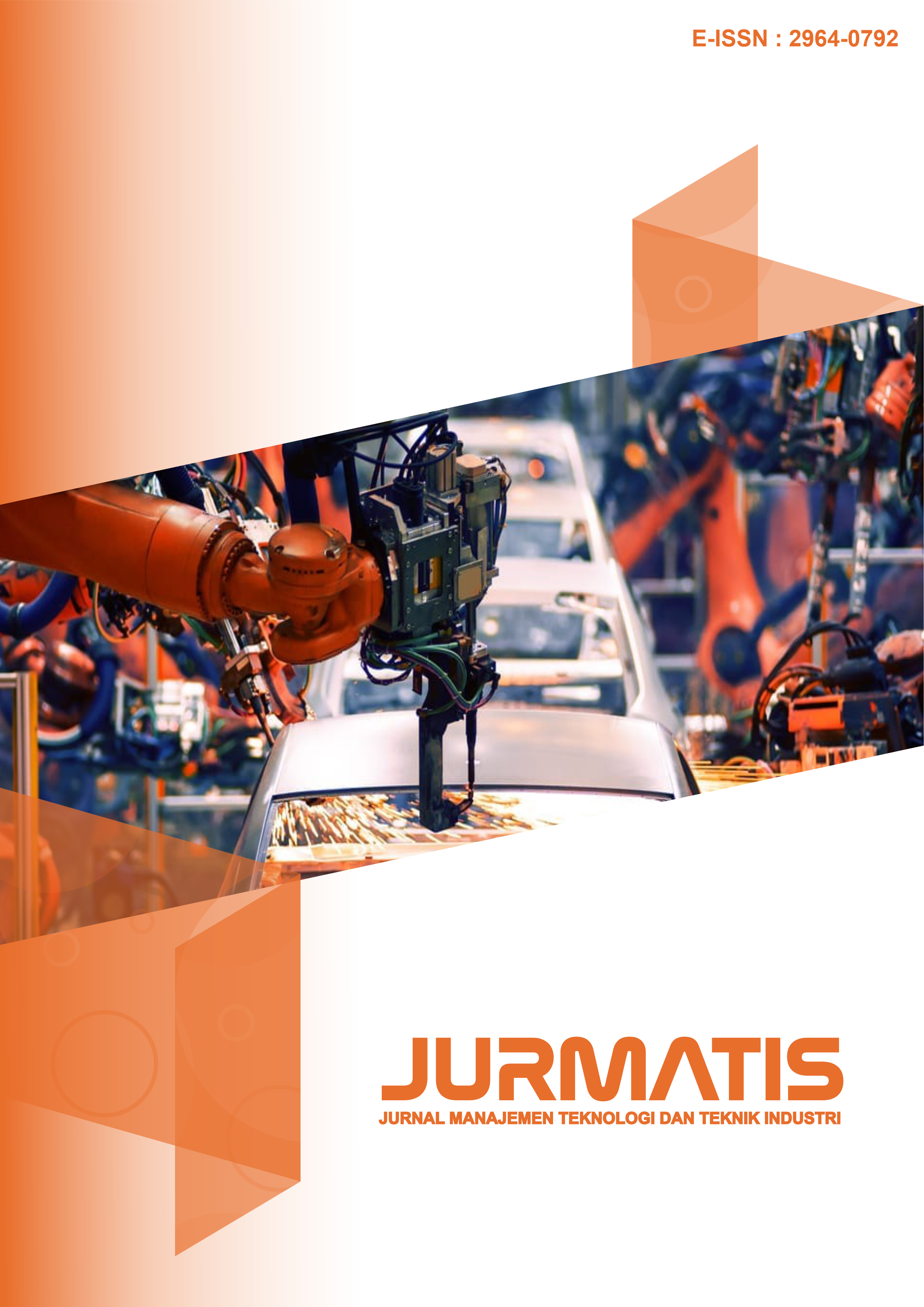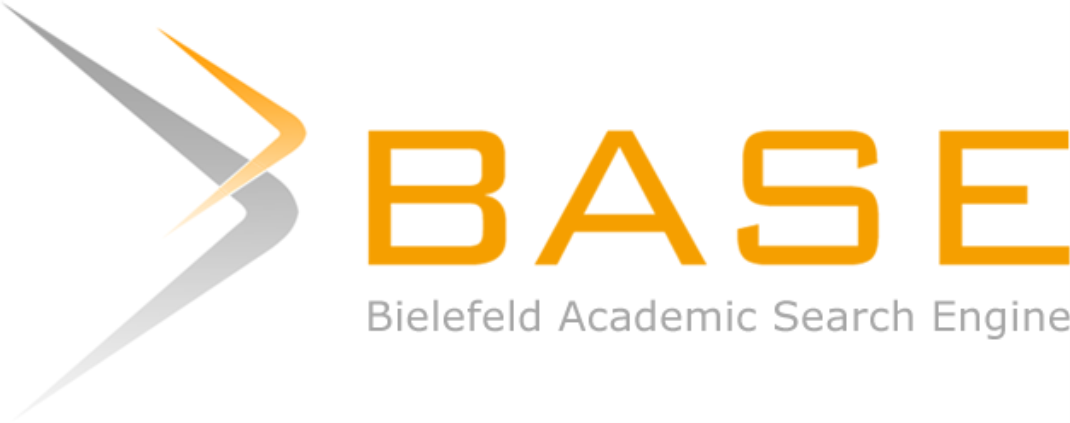Analisis Risiko Kecelakaan Kerja Pada Proses Final Tank Cleansing Menerapkan Pendekatan HIRARC Pada PT. Batarasura Mulia
DOI:
https://doi.org/10.30737/jurmatis.v4i2.2345Keywords:
Accident, HIRARC, Risk, Work,Abstract
Occupational Health and Safety (K3) is an essential strategy owned by every organization, and every company is obliged to pay attention to it. The method used in this study is the HIRARC approach method, this method is one of the ways organizations can prevent work accidents if they can identify hazards involved in work actualization. This study aims to detect K3 problems as well as assess potential threats in the final tank cleaning procedure. It uses the HIRARC approach to analyze the risk of work accidents. Observations, interviews, and labor questionnaires are used to collect data. This study shows that there are 3 levels of risk (Risk Level) associated with risk identification in the final tank cleansing process, namely basic risk (Low), mid risk (Moderate), and risk seampai (High). In the Final Tank Cleansing process, there is no risk level of extreme. In the working step the tank is tilted before the beating with a rubber hammer and in the working step of the vacuum process the hierarchy of risk control uses a hierarchy of Personal Protective Equipment (PPE). Then on the working step of beating on the entire middle surface of the tank body and beating on all sides of the bending body of the tank, the hierarchy of risk control uses an administrative hierarchy.
Kesehatan dan Keselamatan Kerja (K3) merupakan strategi esensial dimiliki oleh setiap organisasi, dan setiap perusahaan wajib memperhatikannya. Metode yang digunakan pada penelitian kali ini adalah dengan metode pendekatan HIRARC, metode ini merupakan salah satu cara organisasi dapat mencegah kecelakaan kerja jika dapat mengidentifikasi bahaya yang terlibat dalam pengaktualan pekerjaan. Penelitian ini bertujuan untuk mendeteksi masalah K3 serta menilai potensi ancaman dalam prosedur pembersihan tangki akhir. Ini menggunakan pendekatan HIRARC untuk menganalisis risiko kecelakaan kerja. Observasi, wawancara, dan kuesioner tenaga kerja digunakan untuk mengumpulkan data. Studi ini menunjukkan bahwa terdapat 3 tingkat risiko (Risk Level) yang terkait dengan identifikasi risiko pada proses final tank cleansing, yaitu risiko dasar (Low), risiko pertengahan (Moderate), dan risiko semampai (High). Pada proses Final Tank Cleansing tidak ada tingkat risiko mencapai ekstrim (Extreme). Pada langkah kerja tank dimiringkan sebelum pemukulan dengan palu karet dan pada langkah kerja proses vacum hirarki pengendalian risikonya menggunakan hirarki Alat Pelindung Diri (APD). Kemudian pada langkah kerja pemukulan pada seluruh permukaan tengah body tank dan pemukulan pada semua sisi bending body tank, hirarki pengendalian risikonya menggunakan hirarki administratif
References
C. D. Sucipto, Keselamatan dan Kesehatan Kerja. Yogyakarta: Gosyen Publishing, 2014.
Wahyudi, H. B. Santoso, and A. Komari, “Penerapan manajemen risiko guna mengetahui tingkat kecelakaan kerja pada pekerjaan pigging di area sisi nubi total e & p indonesie,†JURMATIS J. Ilmial Mhs. Tek. Ind., vol. 1, no. 2, pp. 66–80, 2019, doi: 10.30737/jatiunik.v2i1.274.Menurut.
W. Wijaya, S. Rahayuningsih, and A. Komari, “TINGKAT PERILAKU AMAN TENAGA KERJA BAGIAN JAHIT DENGAN MENGGUNAKAN METODE ANTECEDENT BEHAVIOR CONSEQUENCE DI PT. GLOW Welly,†JURMATIS J. Ilmial Mhs. Tek. Ind., vol. 1, no. 1, pp. 34–43, 2019.
I. W. G. E. Triswandana and N. K. Armaeni, “Penilaian Risiko K3 Konstruksi Dengan Metode Hirarc,†vol. 4, no. 1, 2020.
M. R. A. Simanjuntak and R. Praditya, “IDENTIFIKASI PENYEBAB RISIKO KECELAKAAN KERJA PADA KEGIATAN KONSTRUKSI BANGUNAN GEDUNG DI DKI JAKARTA,†vol. 2, no. 2, 2012.
A. Wijaya, T. W. . Panjaitan, and H. C. Palit, “Evaluasi Kesehatan dan Keselamatan Kerja dengan Metode HIRARC pada PT. Charoen Pokphand Indonesia,†J. Kesehat. Masy., vol. 5, no. 3, pp. 332–338, 2015.
S. J. Yoon, H. K. Lin, G. Chen, S. Yi, J. Choi, and Z. Rui, “Effect of Occupational Health and Safety Management System on Work-Related Accident Rate and Differences of Occupational Health and Safety Management System Awareness between Managers in South Korea ’ s Construction Industry,†Saf. Health Work, vol. 4, no. 4, pp. 201–209, 2013, doi: 10.1016/j.shaw.2013.10.002.
R. Erviando, I. Safi’i, and H. Budi, “Analisis Resiko Kesehatan Dan Keselamatan Kerja Pada PG. Pesantren Baru Menggunakan Metode Hazop,†J. Ilm. Mhs. Tek. Ind. Univ. Kadiri, vol. 2, no. 1, pp. 11–21, 2020.
M. B. Anthony, “Analisa Risiko Keselamatan Dan Kesehatan Kerja Menggunakan Standar AS/NZS 4360:2004 Di Perusahaan Pulp&Paper,†JATI UNIK J. Ilm. Tek. dan Manaj. Ind., vol. 2, no. 1, p. 19, 2019, doi: 10.30737/jatiunik.v2i2.332.
Suwardi and Daryanto, No Title. Yogyakarta: Gava Media, 2018.
F. Ramadhan, “Analisis Kesehatan dan Keselamatan Kerja (K3) Menggunakan Hazard Identification Risk Assessment and Risk Control (HIRARC),†Pros. Semin. Nas. Ris. Terap., 2017.
D. S. Purnama, “ANALISIA PENERAPAN METODE HIRARC (HAZARD IDENTIFICATION RISK ASSESSMENT AND RISK CONTROL) DAN HAZOPS (HAZARD AND OPERABILITY STUDY) DALAM KEGIATAN IDENTIFIKASI POTENSI BAHAYA DAN RESIKO PADA PROSES UNLOADING UNIT DI PT. TOYOTA ASTRA MOTOR,†J. PASTI Vol. IX No 3, 311 – 319 Anal., vol. IX, no. 3, pp. 311–319, 2015.
P. Pradhan, “A HIRARC MODEL FOR SAFETY AND RISK AT I nternational J ournal of E ngineering R esearches and M anagement S tudies,†IJERMS, vol. 3, no. 6, pp. 23–34, 2016.
R. M. Sari, K. Syahputri, I. Rizkya, and I. Siregar, “Identification of Potential Hazard using Hazard Identification and Risk Assessment,†IOP Conf. Ser. Mater. Sci. Eng., pp. 1–8, 2017, doi: 10.1088/1742-6596/755/1/011001.
M. O. Agwu, “The Effects of Risk Assessment ( Hirarc ) on Organisational Performance in Selected Construction Companies in Nigeria,†vol. 2, no. 3, pp. 212–224, 2012.
B. M. Deros, D. D. I. Daruis, and I. M. Basir, “A Study on Ergonomic Awareness among Workers Performing Manual Material Handling Activities,†Procedia - Soc. Behav. Sci., vol. 195, pp. 1666–1673, 2015, doi: 10.1016/j.sbspro.2015.06.238.
Pertiwi, Y. Nurhantari, and S. Budihardjo, “Hazard identification , risk assesment and risk control serta penerapan risk mapping pada Rumah Sakit,†vol. 35, no. 2, pp. 55–64, 2019.
F. Ramadhan, “Analisis Kesehatan dan Keselamatan Kerja ( K3 ) Menggunakan Metode Hazard Identification Risk Assessment and Risk Control ( HIRARC ),†no. November, 2017.
G. Smarandana, A. Momon, and J. Arifin, “PENILAIAN RISIKO K3 PADA PROSES PABRIKASI MENGGUNAKAN METODE HAZARD IDENTIFICATION , RISK ASSESSMENT AND RISK CONTROL ( HIRARC ),†vol. 7, no. 1, pp. 56–62, 2021.
A. C. Ahmad, I. Nianti, M. Zin, M. K. Othman, and N. H. Muhamad, “Hazard Identification , Risk Assessment and Risk Control ( HIRARC ) Accidents at Power Plant,†vol. 00105, pp. 1–6, 2016.
Downloads
Published
How to Cite
Issue
Section
License
Authors who publish with this journal agree to the following terms:
(1) The copyright of published articles will be transferred to the journal as the publisher of the manuscript. Therefore, the author needs to confirm that the copyright has been managed by the publisher with the Publication Right Form which must be attached when submitting the article.
(2) Publisher of JURMATIS is Kadiri University.
(3) The copyright follows Creative Commons Attribution“ShareAlike License (CC BY SA): This license allows to Share copy and redistribute the material in any medium or format, Adapt remix, transform, and build upon the material, for any purpose, even commercially.



















